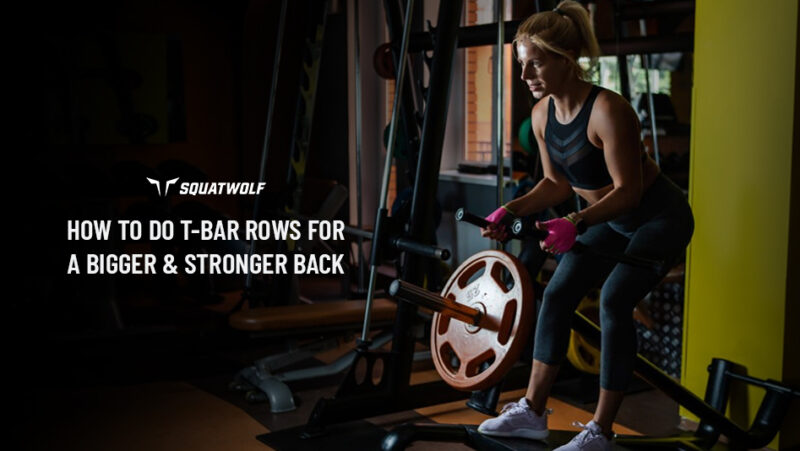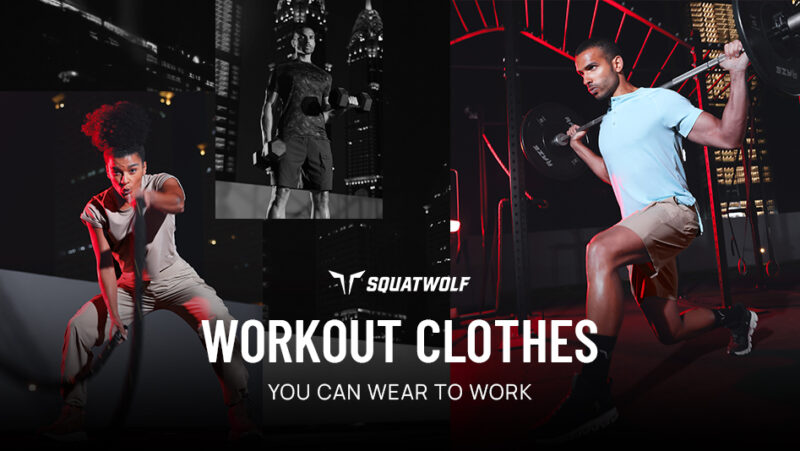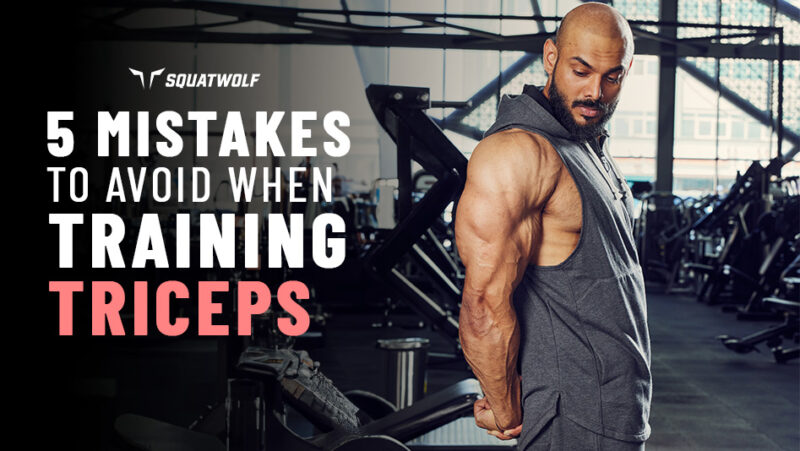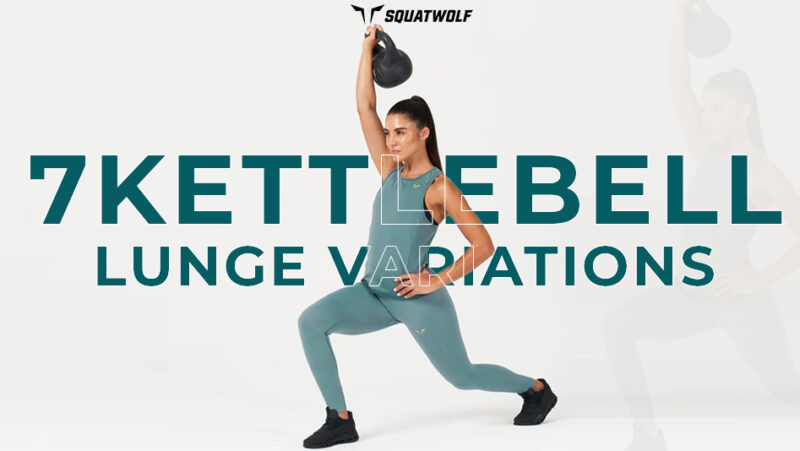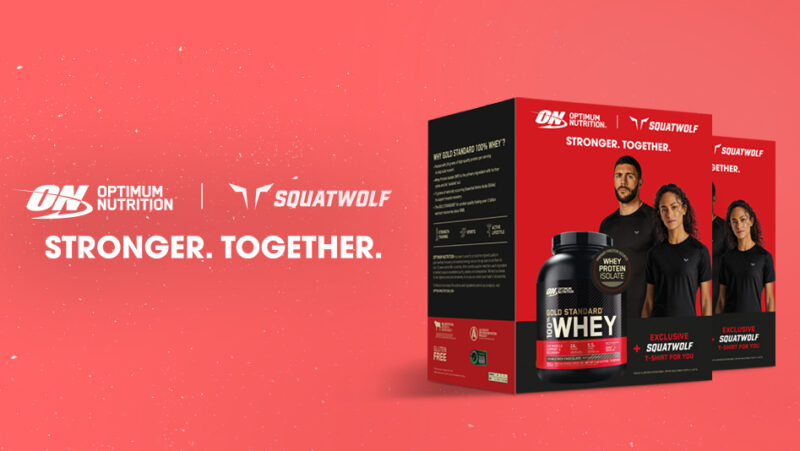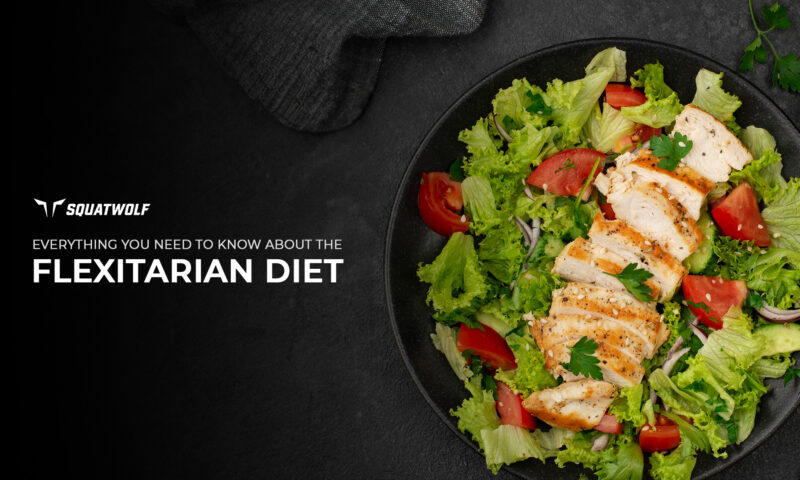The incline dumbbell press is a rewarding upper chest exercise that engages the largest muscle of your chest, the pectoralis major. This muscle comprises of two heads, the clavicular and sternal heads.
While routine chest exercises like flat bench press, push-ups, or pec-fly work your pecs overall.
Incline versions of chest exercises shift the focus to the clavicular head, or your upper chest. This results in improved chest strength and mass. But more importantly, it helps you build a well-rounded chest.
So, adding an incline dumbbell press into your chest workout has its worthwhile benefits.
To really reap the benefits on an incline dumbbell press, form and incline angle are key.
Both of which will be discussed below. This guide will also cover different variations of this exercise you can add to your chest workouts for a more heightened intensity.
Let’s get started!
How To Do An Incline Dumbbell Press

Before we start with the form, let’s take a look at what angle science backs up to be the most efficient for incline.
What’s The Optimal Incline Chest Press Angle?
Research suggests that an angle between 30 to 45 degrees is optimal for activating your upper chest muscles. If you do an exercise with a 90-degree angle, basically sitting upright, you’ll notice the focus is primarily on your shoulders.
If you do a chest press with a flat bench, 0-degree, your middle chest will be doing all of the heavy lifting. Now, a 45-degree incline will definitely engage your upper chest muscles but your deltoids will be playing a primary part too.
However, a 30-degree incline is optimal for efficiently engaging your upper chest muscles while minimizing the role of your anterior deltoid muscles, or your shoulders.
So, between a 30 to 45-degree angle, a 30-degree angle is optimal for primarily activating your upper chest muscles.
Now that we have the incline angle out of the way, let’s look at the form and common mistakes to avoid.
Step-by-Step Dumbbell Incline Press Form
Start by selecting the right weights. Doing an incline press with dumbbells is different from a barbell because there is no compensation. Your stronger side will not be able to help your weaker side, hence, start off lightly.
Also, dumbbells require more stabilization than a barbell does. It is easier balancing a barbell and maintaining optimal form as one side can compensate for the other. But with dumbbells, each side is on its own.
So, keeping these two factors in mind, start off with less weight than you would for a flat press or incline barbell press. You can experiment here to see which weight is challenging yet manageable to ensure you don’t compromise on form.
- Set your bench at a 30-degree incline
- Hold the dumbbells in each hand and rest them on your knees as you lean back
- Now, lift the dumbbells up to shoulder level with your elbows bent
- Start the movement by bracing your core and pressing the dumbbells upwards
- Keep your wrists stationary as you push the dumbbells over your chest
- The dumbbells should almost touch at the top of the movement
- Bring the dumbbells back down slowly to starting position
- As you lower the dumbbells, ensure your elbows do not flare out to the sides

Common Mistakes To Avoid

The Optimal Angle
A flat bench will activate the middle of your chest while a completely upright position will activate your shoulders. To really hit your upper chest, you need an angle between 30 to 45-degrees.
A 45-degree incline is still not low enough, while you may feel pressure on your upper chest, your shoulders will be doing just as much lifting. The best angle to focus on your upper chest is 30-degrees as it maximizes the clavicular head activation.
Bending Your Wrists
This can be a killer for your wrists and may lead to injury. You need to keep your wrists straight and inline with your forearms. Bending them backwards during the upward motion can cause unnecessary strain.
Too Much Weight
The barbell variation can help compensate for a weaker side; this dumbbell version requires each arm to balance its own weight. Off-balance can lead to improper form which can do more harm than good.
The incline angle utilizes chest muscles that are usually under-worked, hence, you won’t be able to lift as heavy as a flat press. Start with weight that you can manage to help stabilize the movement, then work your way up.
The Form
Using the momentum of the up and down motion is counter-productive. That is why every repetition should be done slowly. By starting from base momentum, you’ll be using more force and strength to lift.
Propelling the weight up and down usually happens when you are using more weight than you can manage. It might seem like a workout-hack but it’s actually ineffective as the targeted muscles won’t be challenged and the focus might shift to the supporting muscles involved in stabilization of this fast-paced movement.
What Muscles Does An Incline Dumbbell Press Work?

The primary goal of an incline dumbbell press is to activate your upper chest. When we talk about the upper chest, we usually refer to the clavicular head of the pectoralis major. The other head is called the sternal head. Working the upper, mid and lower pec is necessary to build a well-rounded chest.
Incline chest exercises are optimal for primarily activating the clavicular head.
Another major muscle that is in play are the deltoids. The delts are also made up of different heads, the front, side and back heads. An incline dumbbell press activates the front or anterior deltoids.
While these are the two primary muscles that are in motion. There are a few other muscles that play a supporting role. You’ll notice during the upward motion that your triceps are being used. Also, your core and upper back help in stabilizing your body during the motion.
Incline Dumbbell Press Benefits
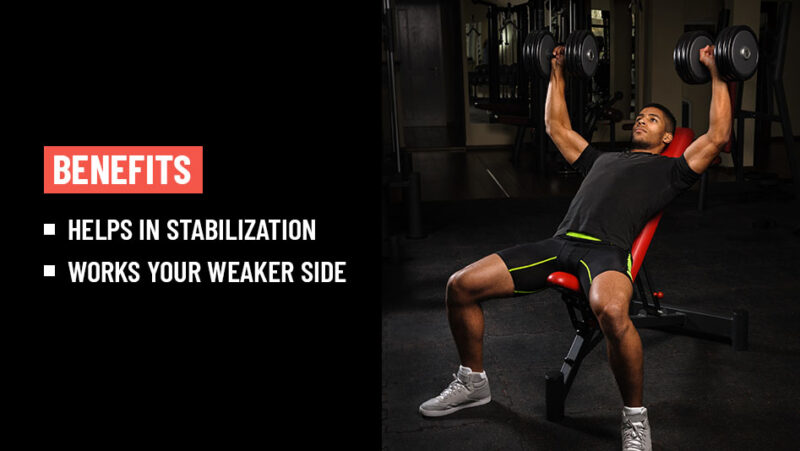
Focus On The Upper Chest
Upper chest muscles are often ignored or underworked. Most chest workouts focus on straining the sternal head giving you a defined mid and lower chest. But to have a true Herculean chest, you need both strength and toning. Luckily, incline exercises help with both.
Helps In Stabilization
The movement of dumbbells going up and down require a good amount of balance and form. This can help stabilize both your shoulders and chest.
An incline dumbbell press is harder than a barbell press due to balancing the dumbbells which really helps increase mind to muscle connection. Also, your rotator cuffs will get a good workout as well because of the free-range motion of dumbbells.
No Compensation For Your Weaker Side
Dumbbells require each arm to exert the same amount of force. When using a barbell, the stronger side can compensate for a weaker side. So, overtime, either one side will actually look imbalanced or feel imbalanced strength-wise.
Using dumbbells helps to overcome this problem as each side will be working just as hard.
What Is Better? Barbell vs. Dumbbell Incline Press
The incline dumbbell press and the incline bench press are exactly alike when it comes to activation of upper chest muscles. While the two exercises are quite similar, there are two key differences which to keep in mind.
As mentioned above, compensation and stabilization are the two major differences. If you have an uneven chest, then dumbbells can help add symmetry to your chest.
When we talk about stabilization, dumbbells require more balance than a barbell press. The entire motion requires more presence of mind and focus on the form which helps build mind to muscle connections.
Finally, compensation. Your weaker side has to work just as hard when it comes to an incline dumbbell press. This is crucial if you have mis-matched strength. This doesn’t just go for your upper chest muscles but for the other muscles in play too like your anterior deltoids and triceps.
Incline Dumbbell Press Variations
Incline Hex Press
The movement and angle of the incline is identical to an incline dumbbell press. The only difference is the form.
The hex press is great for activating the inner chest while also working your upper chest. As your palms face inwards, you’ll be required to use more pushing power.
Also, your triceps will be used a bit more than an average incline press. Finally, it takes focus off your shoulders. The form minimizes the activation of the anterior delts and requires more power from your upper chest and triceps.
- Set your bench to a 30-degree incline
- You can use any kind of dumbbells but hexagon shaped dumbbells are the preference, hence the name
- Grab the dumbbells with a neutral grip with your palms facing inwards
- Now, press them upwards as you would normally do
- Ensure your elbows do not flare out to the side when lowering them down
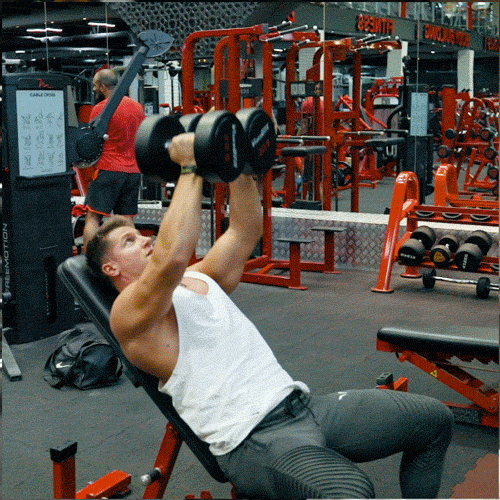
Incline Bench Press
An incline bench press requires a barbell. This is perhaps the only difference.
- Set your bench at an incline
- Grab the barbell with a shoulder-width grip with your palms facing out
- Unrack the bar and with your arms kept straight, push upwards
- Slowly, lower the bar until it is right above your chest

Incline Push-ups
This is a great bodyweight exercise to target your upper chest muscles. While normal push-ups work your chest, shoulders and arms. An incline push-up focuses more on your upper chest and triceps.
- Use an elevated and sturdy platform with an incline
- Your hands should be placed shoulder-width apart
- Make sure your body and head stay in a straight line
- Now, lower yourself down and then back up

Key Takeaway
If you have an uneven chest, or strength imbalance, then incorporating an incline dumbbell press to your chest workouts can help.
The form is quite easy to master and it definitely helps with stabilizing your muscles as you won’t have the support of a barbell. Plus, with an optimal angle of 30-degrees incline, you’ll be efficiently activating your upper chest muscles.
Overall, it is a versatile exercise that adds the right intensity to your chest workouts to build a true Herculean chest.
Continue Reading


